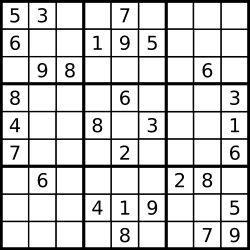Given a string containing just the characters
'(', ')', '{', '}', '[' and ']', determine if the input string is valid.
The brackets must close in the correct order,
"()" and "()[]{}" are all valid but "(]" and "([)]" are not.

